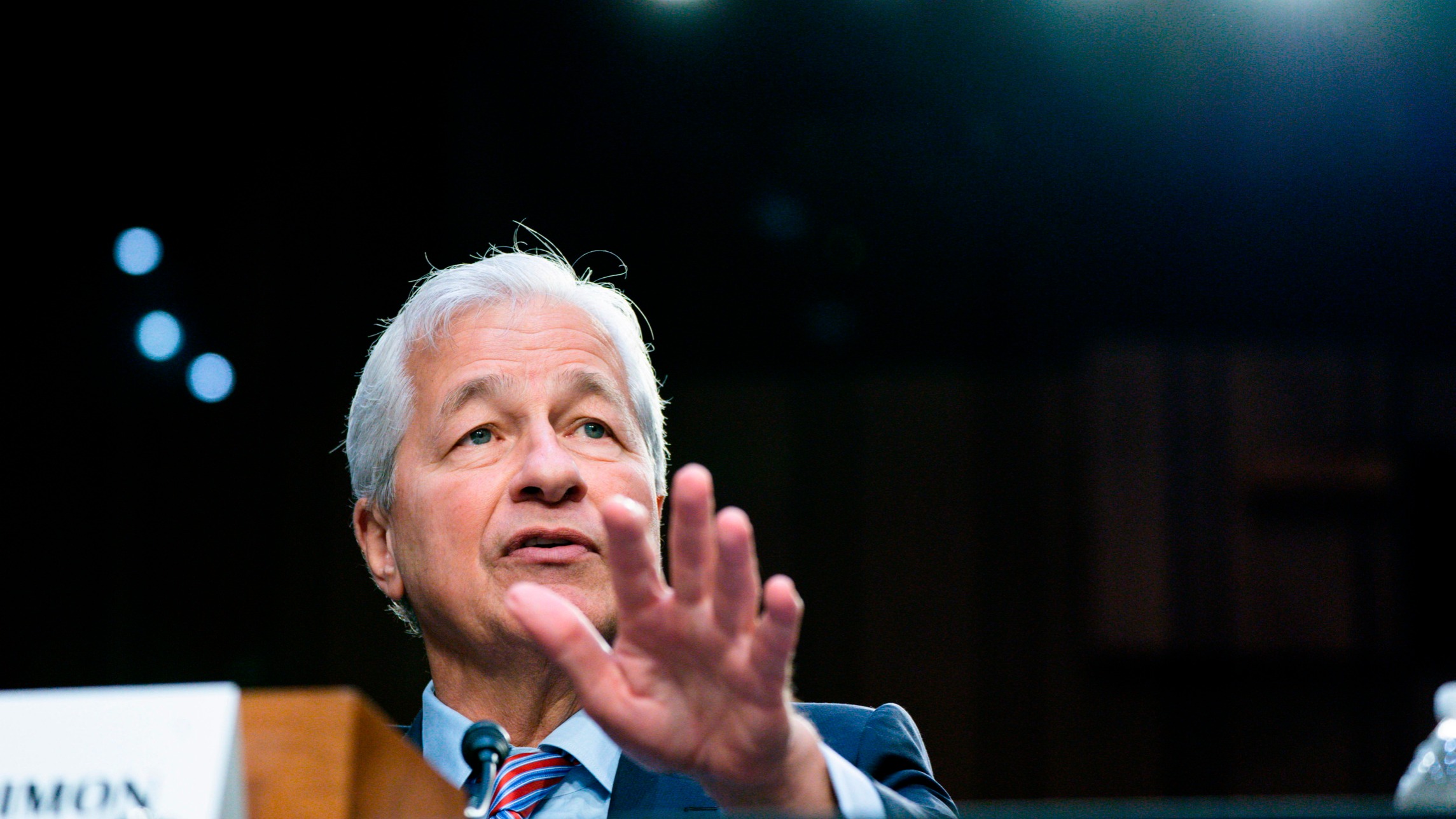PUL$E: US Economy in 2024: Banks' Insights & Looming Bad Debts

As we approach 2024, the health of the US economy hinges on the amount consumers have saved, the quality of credit, and the looming specter of future bad debts.
Consumer Savings and Deposits
In the aftermath of the COVID-19 pandemic, the Federal Reserve's weekly report reveals a remarkable $17.4 trillion in deposits, surpassing the $16 trillion that pre-pandemic trends would have predicted. This increase raises questions about the state of consumer finances and how they are faring in the current economic climate. However, the banking sector provides a more nuanced view.
Dean Athanasia, the consumer head at Bank of America, disclosed in September that their less affluent customers held an average of $2,500 more in their accounts compared to the end of 2019. While these additional savings seem like a financial cushion against economic uncertainties, it's crucial to consider that these reserves are gradually eroding. Factors such as rising costs of living and inflation have been chipping away at these savings, which were once deemed an anti-recessionary buffer.

Credit Quality and Future Bad Debts
Banks have consistently touted the robustness of borrowers' credit, with JPMorgan Chase's CEO, Jamie Dimon, describing it as "pristine." However, the full picture of credit quality emerges when we examine quarterly disclosures, as required by regulators. Lenders are obligated to set aside funds to cover potential future bad loans, a safeguard against defaults and economic instability.
Despite the strong state of the US economy, provisions for future bad debts at major banks have been on the rise, often surpassing the levels of 2019. This upward trajectory in provisions is a significant signal worth noting. A substantial increase in these provisions would indicate a shift in the economic landscape and could suggest that financial stability is returning.
:max_bytes(150000):strip_icc()/baddebt.asp_Final-e3319b0274574091a2dac2e4fb87f1c4.png)
Rising Interest Rates and Bank Assets
The impact of rising interest rates is also visible in the value of assets on banks' balance sheets. An illustrative example is Bank of America, which holds a substantial $760 billion of Treasury securities. However, at the last valuation, these assets were worth $110 billion less at market prices. While this isn't an imminent threat to the bank, it does represent an opportunity cost, which has an adverse effect on the bank's overall performance.

Diverging Results and Valuations
The economic challenges faced by individual institutions also affect their valuations. Citigroup, under the leadership of Jane Fraser, is grappling with the task of streamlining the bank's operations and reducing bureaucracy. In contrast, Wells Fargo is constrained by regulatory limitations on the size of its assets. Consequently, banks subject to the same economic forces will report different results. Analysts anticipate a 23% year-on-year earnings increase for JPMorgan, while Citigroup's earnings may shrink by a comparable percentage.
Share prices have already adjusted to this new reality, with JPMorgan's valuation trading at 1.4 times its estimated year-ahead book value, down from 2 times two years ago. Similarly, Citigroup's multiple has decreased from 0.8 times to 0.4 times book value over the same period. These ratios signify investor expectations, with JPMorgan expected to maintain a sustainable 14% return on equity, while Citigroup is projected to scrape by with just 4%.
/cloudfront-us-east-2.images.arcpublishing.com/reuters/G2ZTLOP6CNM7HMTL23FH26VXJ4.jpg)
Credit Card Delinquencies and Consumer Financial Health
Banking leaders are also confronting questions about the trajectory of credit card delinquencies, a pivotal economic concern. Outstanding credit card debt in the United States surged to $1 trillion in August. In June, JPMorgan estimated that 2.6% of these loans would turn bad in the year, with a "normal" rate pegged at 3.5%. These estimations shed light on the resilience of the US consumer's financial health, and any deviation from these figures would significantly influence the valuations of the respective banks.


While the banks' insights offer valuable guidance, it's essential to remember that the actual economic landscape is even more diverse and multifaceted, with a significant portion of the population not captured in these reports. Therefore, the direction of the US economy in 2024 is a complex tapestry that is influenced by various factors and will continue to evolve. Stay ready, and keep your powder dry. There are lots of opportunities on the rise in the next 2 years.
Best,
Samson

How did you like today's email?
Let us know what you think so we can continue to improve:
🤗 Loved 😐Mehh 😠Hated








